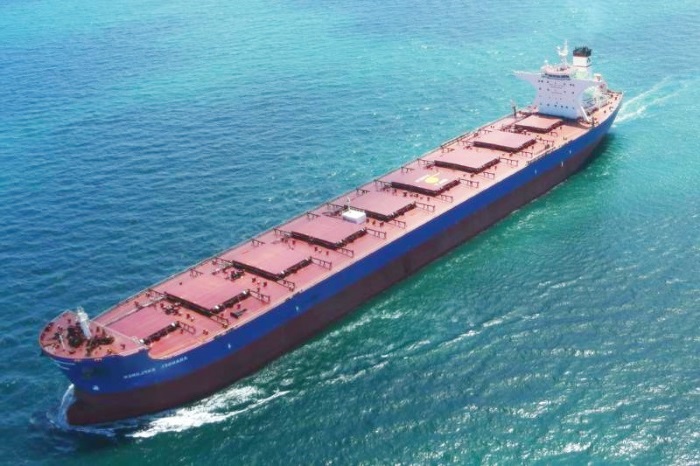The EU reached it 90% gas storage target on Aug. 16, some 11 weeks ahead of the EU-mandated Nov. 1 deadline, data from Gas Infrastructure Europe showed Aug. 18.
Subdued gas demand and a wide winter-summer spread mean continued filling is also likely, with stocks in Northwest Europe set to exceed 95% of capacity by the end of September, according to S&P Global Commodity Insights.
The setting of mandatory filling targets was part of the EU’s response in mid-2022 to the gas crisis and record prices triggered by curtailed Russian exports.
Platts, part of S&P Global Commodity Insights, assessed the benchmark Dutch TTF month-ahead price at an all-time high of Eur319.98/MWh on Aug. 26, 2022.
Prices have come down since then thanks to the strong storage levels and demand curtailments, with Platts assessing the TTF month-ahead price on Aug. 17 at Eur36.45/MWh.
The EU’s move to enforce mandatory filling highlighted the strategic importance of Europe’s gas storage capacity, which previously had been mostly used as a market tool to leverage summer-winter price spreads.
The current wide spread is seen driving more injections through the remainder of the summer. “I think people with storage capacity will just keep on taking advantage of it,” a Switzerland-based trader said.
‘Stable’ position
The EU’s energy commissioner Kadri Simson said Aug. 18 that meeting its storage target underlined that the EU was well prepared for winter. “This will help to further stabilize markets in the coming months,” Simson said in a statement.
“The EU energy market is in a much more stable position than it was this time last year, in good part because of the measures we have taken at EU level,” Simson said.
“But we have seen in recent weeks that the gas market remains sensitive. The Commission will continue to monitor the situation, so that storage levels remain sufficiently high as we enter the next winter.”
EC President Ursula von der Leyen also said Aug. 18 that high storage levels would help Europe to be “safe” this winter. “Together, we are weaning ourselves off Russian gas,” she said.
Filling this summer was made significantly easier by the extremely mild 2022/23 winter, which left EU storage sites still filled to 56% of capacity at the end of the traditional withdrawal season in March.
The past winter even saw a period of net injections in January — typically a peak withdrawal month — as temperatures rose well above seasonal norms.
The warmest January day ever was recorded across Europe, including in Poland, the Czech Republic, and parts of the Baltic region. Poland saw temperatures of as high as 19 degrees Celsius — 18 C above the seasonal normal.
Ukraine capacity
With stocks already at 90% of capacity now, and filling likely to continue till stocks top out, traders have also turned to Ukraine’s surplus storage capacity to store gas.
And in the UK, Centrica has expanded the capacity of its Rough site to 54 Bcf (1.53 Bcm) having resumed storage operations in September 2022 at a capacity of 30 Bcf.
The EU also launched its joint gas purchasing mechanism with the first tenders held in April and June, allowing buyers to pool their demand and match up with suppliers in part to be able to buy gas for storage injection.
Having full storage is no guarantee of winter supply security, however. While storage typically provides 25%-30% of gas consumed in the EU during winter, a protracted cold winter could see stocks run dangerously low, especially with much lower Russian supplies.
German storage industry body INES warned on Aug. 10 that the risk remained of gas shortages in Germany during winter if temperatures were “extremely cold” despite the current high level of storage.
In its updated gas scenario analysis, INES said that even if storage sites were filled to capacity, there was still the potential that gas demand may not be fully met in the event of a very cold winter.
INES managing director Sebastian Bleschke said: “The risk of a gas shortage during cold temperatures still exists and will probably remain with us until winter 2026/27 without further infrastructure measures.”
Germany and the EU have already moved to deploy new floating LNG import infrastructure, making them more resilient from a supply perspective.
The EU should be able to attract more LNG in periods of high weather-related demand, though it will be reliant on the volatile global LNG market.
This came to the fore in early August when the TTF month-ahead price soared following a threat by Australian LNG sector workers to strike.
Source: Hellenic Shipping News






